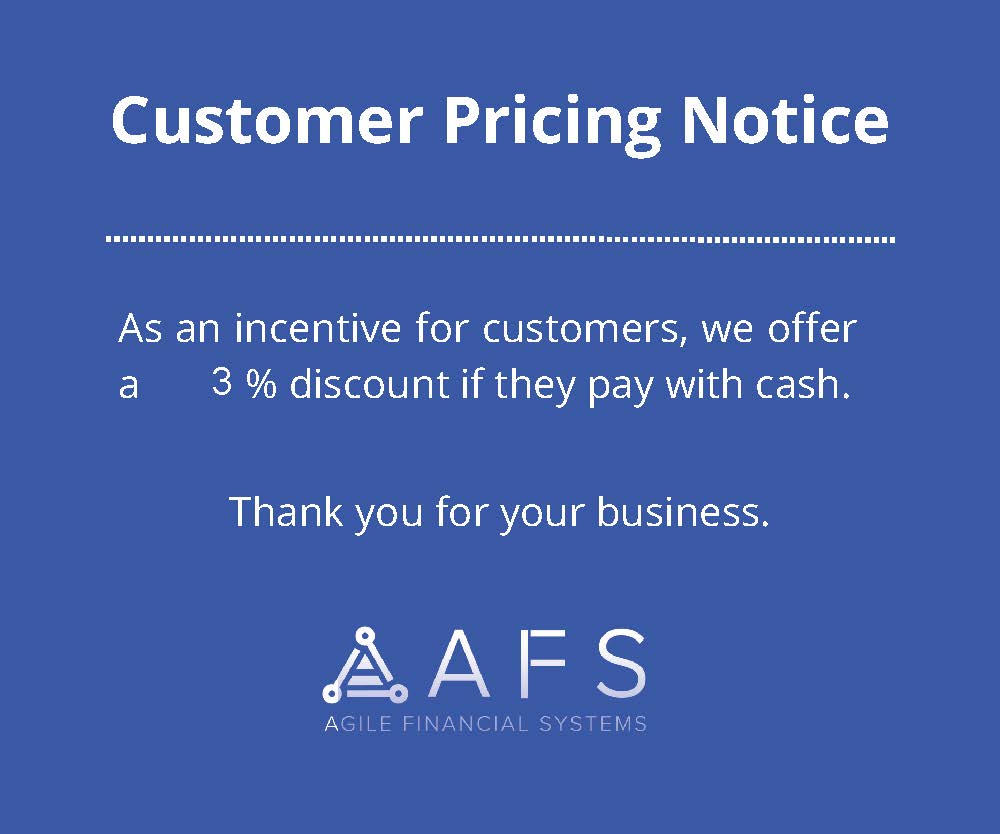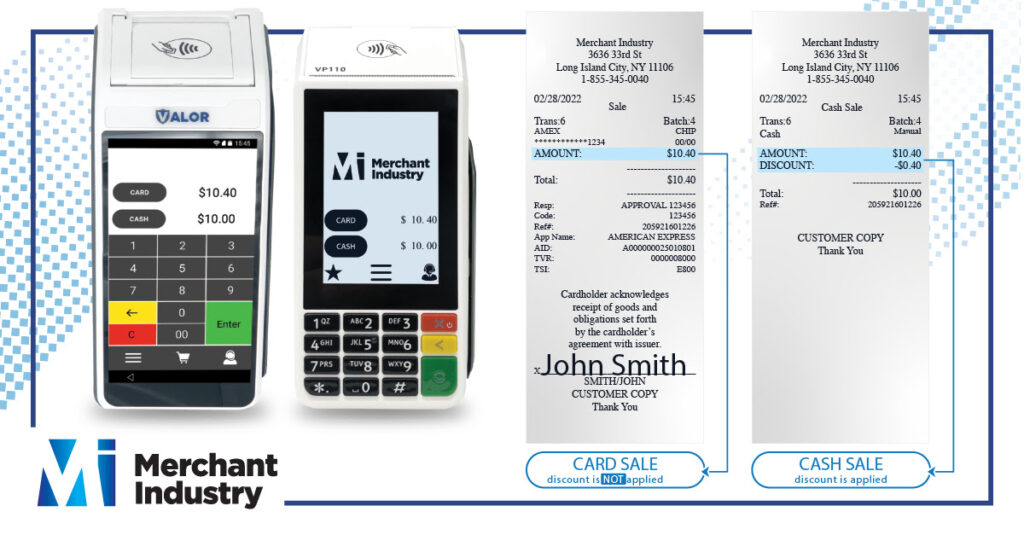Merchant Services Dual Pricing: Long-Term Benefits for Merchants
Dual pricing is a pricing strategy many merchants employ to differentiate prices for different customer segments. This practice involves charging higher prices to certain customers while offering discounts or lower prices to others. While this pricing strategy has been a topic of controversy, especially in terms of fairness and consumer perception, it has proven to be beneficial for merchants in the long run. By implementing dual pricing, merchants can maximize their profits, attract a broader customer base, and increase customer loyalty. In this article, we will delve deeper into the various ways in which dual pricing benefits merchants and why it is a crucial aspect of their business strategy.
One of the critical benefits of dual pricing for merchants is the ability to target different customer segments effectively. By offering discounts to price-sensitive customers while charging higher prices to those who are willing to pay more, merchants can cater to a broader range of customers and increase their overall sales. Additionally, dual pricing allows merchants to better align their prices with the value that different customer segments place on their products or services. This not only helps in maximizing revenue but also enhances customer satisfaction and loyalty. Furthermore, dual pricing can also help merchants create a competitive advantage in the market by offering unique pricing options that appeal to different customer preferences. Overall, dual pricing is a strategic pricing approach that can benefit merchants in achieving their long-term business goals.




Encourages diverse customer engagement strategies.
By fostering a range of customer engagement strategies, businesses can effectively cater to the unique preferences and needs of various customer segments. This approach allows companies to connect with a wider audience and build strong relationships with customers from different backgrounds. Encouraging diverse customer engagement strategies also enables businesses to adapt to changing market trends and stay relevant in a highly competitive landscape. By offering a variety of engagement options such as social media interactions, personalized messaging, or loyalty programs, companies can create a more comprehensive and inclusive customer experience that resonates with a broader customer base. This approach not only helps in attracting new customers but also in retaining existing ones by providing them with tailored and engaging interactions that meet their specific needs and preferences.
- Targeting different demographics
- Customizing offers based on customer profiles
- Enhancing customer experience through diverse engagement strategies
Boosts revenue through targeted pricing.
Implementing targeted pricing strategies can significantly impact a merchant’s revenue stream by allowing them to maximize profits while also catering to different customer segments. By strategically setting prices based on factors such as customer demographics, purchasing behaviors, or willingness to pay, businesses can attract a broader range of customers and increase sales. For instance, offering discounts or promotions to price-sensitive customers can help drive sales volume, while premium pricing for luxury or high-end products can capture higher margins from a niche market segment. This targeted approach not only boosts revenue by optimizing price points but also strengthens customer loyalty and satisfaction by providing personalized pricing options that align with individual preferences and budgets. Ultimately, by leveraging targeted pricing strategies, merchants can achieve a balance between profitability and customer value, leading to long-term success and sustainable growth in the marketplace.
- Increase sales with dynamic pricing strategies.
- Capture different market segments with tailored pricing models.
- Drive profits by offering personalized pricing based on customer behavior.
Enhances customer loyalty with customization.
Another crucial aspect that contributes to a merchant’s long-term success is the ability to enhance customer loyalty through customization. By tailoring products or services to meet the specific needs and preferences of individual customers, businesses can create a more personalized shopping experience that fosters stronger connections with their target audience. Customization allows merchants to demonstrate a deep understanding of their customers’ preferences, which can result in increased customer satisfaction and repeat purchases. Moreover, when customers feel valued and understood, they are more likely to develop a sense of loyalty towards the brand, leading to higher customer retention rates and a competitive edge in the marketplace. Ultimately, by offering customization options, merchants can create a unique selling proposition that sets them apart from competitors and solidifies their position as a preferred choice for consumers seeking personalized solutions.
- Personalized offers
- Exclusive discounts for loyal customers
- Tailored product recommendations
- VIP loyalty programs
- Customized packaging and messages
- Customized products or services for frequent customers.

Allows for effective market segmentation.
A key benefit of implementing dual pricing strategies is that it allows for effective market segmentation. By offering different prices to different segments of the market based on various factors such as location, age, income level, or purchasing behavior, merchants can target specific customer groups more precisely. This segmentation enables businesses to tailor their pricing strategies to the preferences and purchasing power of each segment, maximizing revenue potential. Additionally, by identifying and catering to different market segments, merchants can better understand the diverse needs and behaviors of their customer base, leading to more targeted marketing efforts and product offerings that resonate with each segment. Through effective market segmentation, merchants can optimize their pricing structures and promotional strategies to drive sales and build stronger relationships with their customers.
- Targets different customer groups
- Enhances personalized marketing strategies
- Tailor promotions for specific segments
- Increases customer loyalty and engagement
- Maximizes revenue by catering to varied customer needs
- Improves understanding of customer preferences and behaviors
Drives profitability and sustains growth.
Implementing dual pricing strategies not only helps merchants effectively segment their market and target specific customer groups but also drives profitability and sustains growth in the long run. By offering different prices to different segments based on factors like demographics, preferences, or purchase behaviors, merchants can maximize revenue potential and increase profitability. This tailored pricing approach creates a more personalized shopping experience for customers, leading to higher conversion rates and increased customer loyalty.
Furthermore, by continuously analyzing the data gathered from dual pricing strategies, merchants can gain valuable insights into consumer behavior and market trends. This data-driven approach allows businesses to make informed decisions regarding pricing adjustments, promotional activities, and product offerings, ultimately leading to sustained growth and competitive advantage in the market. As merchants adapt their pricing strategies based on market segmentation and consumer preferences, they can enhance their overall business performance, drive sales, and build a strong foundation for long-term success.
- Boosts revenue streams
- Enhances customer segmentation
- Maximizes consumer willingness to pay
- Improves pricing strategies
- Enhances competitiveness
- Increases overall profitability
In conclusion, the implementation of dual pricing strategies can offer substantial benefits to merchants in the long run. By leveraging this pricing model, businesses can effectively target different customer segments based on their willingness to pay, enhance revenue streams, and maintain competitiveness in a dynamic market environment. The ability to tailor pricing structures to distinct consumer groups not only allows for maximized profitability but also fosters customer loyalty and satisfaction. With strategic planning and meticulous execution, dual pricing emerges as a valuable tool for businesses seeking sustained growth and success in the competitive landscape of commerce.

